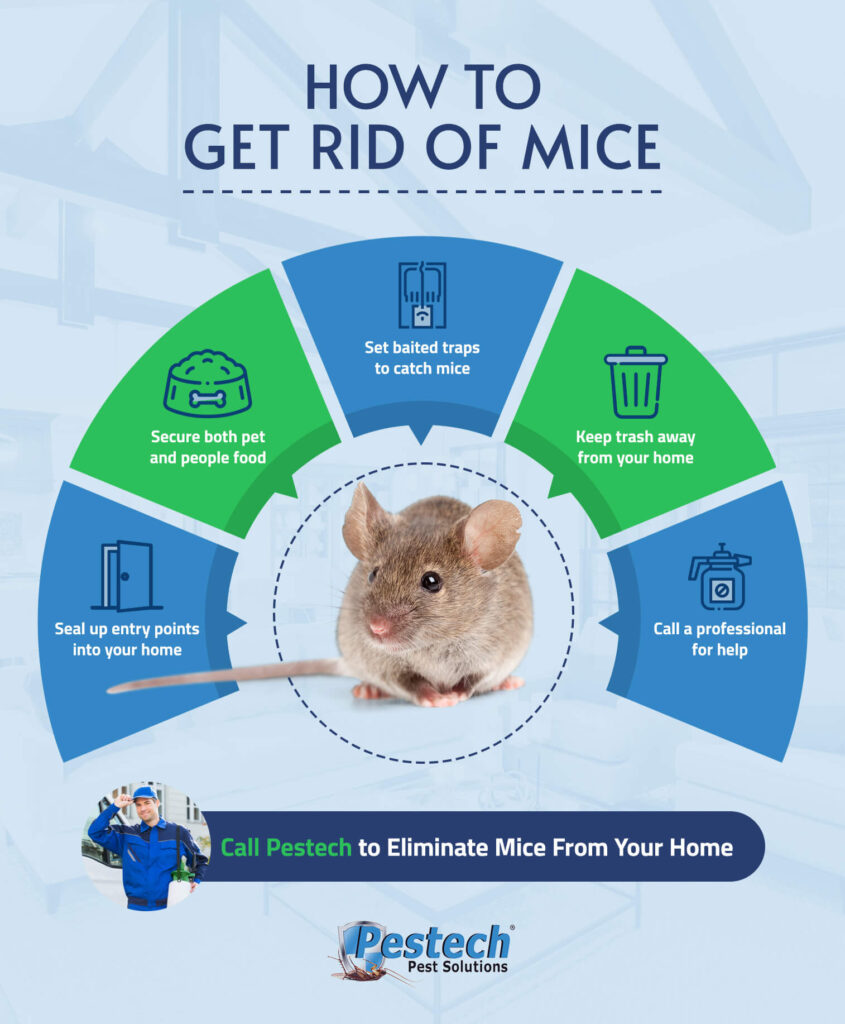
Finding a mouse in your room can be a truly unsettling experience. It’s natural to feel disturbed, but remember that swift and decisive action is crucial for resolving the issue effectively. The good news is that with a little effort and the right approach, you can successfully evict these unwanted guests and prevent future infestations. This comprehensive guide will walk you through each step of the process, providing practical tips and strategies to reclaim your space.
This article will delve into identifying potential mouse entry points, sealing them to prevent further infestations, setting humane traps, utilizing repellents, and maintaining a clean environment to discourage mice. By following these steps, you can effectively manage a mouse problem and create a pest-free home.
Identifying Mouse Entry Points
Mice are incredibly resourceful creatures with the ability to squeeze through remarkably small openings. They often exploit gaps in foundations, walls, windows, doors, and even utility lines to gain access to your home. To effectively address a mouse infestation, it’s essential to pinpoint these entry points.
Start by carefully inspecting your home’s exterior, paying close attention to areas where pipes or wires enter the building. Look for cracks in foundations, gaps around windows and doors, and any holes or openings in siding or roofing. Don’t forget to check attics, basements, and crawl spaces, as these areas are often prime targets for mice seeking shelter.
Once you’ve identified potential entry points, take note of their location and size. This information will be crucial when selecting the appropriate materials for sealing them effectively.
Sealing Entry Points and Preventing Infestations
Sealing entry points is a fundamental step in preventing future mouse infestations. By eliminating these access routes, you create a physical barrier that prevents mice from entering your home. Choose durable materials that can withstand the elements and resist gnawing damage.
For small gaps and cracks, use steel wool or caulk. Steel wool is particularly effective as it’s difficult for mice to chew through. For larger openings, consider using mesh wire or expanding foam sealant. Remember to apply these materials thoroughly, ensuring a tight seal that prevents any potential entry points.
Setting Humane Traps
Humane traps offer a safe and ethical way to capture mice without causing them harm. These traps typically work by utilizing a spring-loaded mechanism that captures the mouse when it enters the trap in search of bait.
When setting humane traps, choose a location where you’ve observed mouse activity, such as near droppings or gnaw marks. Bait the trap with peanut butter, cheese, or other enticing treats. Place the trap flat on the floor and ensure it’s secure to prevent accidental triggering. Check the traps regularly, at least once a day, and release captured mice far away from your home to minimize the risk of them returning.
Using Repellents
Ultrasonic repellents emit high-frequency sound waves that are intended to deter mice. While these devices can be effective for some individuals, their effectiveness is often debated. Some mice may become accustomed to the sounds over time, rendering the repellent ineffective.
If you choose to use ultrasonic repellents, place them strategically throughout your home, following the manufacturer’s instructions carefully. Remember that repellents are not a foolproof solution and should be used in conjunction with other methods, such as sealing entry points and setting traps.
Maintaining Cleanliness
Maintaining a clean and clutter-free environment is crucial for discouraging mice from taking up residence in your home. Mice are attracted to food sources and shelter, so eliminating these attractants can significantly reduce the likelihood of an infestation.
Regularly clean floors, countertops, and other surfaces where food may be present. Store all food items, including pet food, in airtight containers. Dispose of garbage promptly and ensure trash cans have tight-fitting lids. Keep clutter to a minimum, as it provides mice with hiding places and nesting materials.
Conclusion
Dealing with a mouse infestation can be challenging, but by following these steps, you can effectively manage the situation and reclaim your home. Remember that persistence is key, and combining multiple methods, such as sealing entry points, setting humane traps, using repellents, and maintaining cleanliness, will yield the best results. If you’re struggling to control the infestation on your own, don’t hesitate to contact a professional pest control service for expert assistance.
